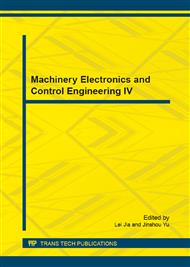p.3
p.8
p.14
p.19
p.24
p.29
p.34
p.39
Enhancing Sustainable Recycle Solid Waste to Porous Activated Carbon for Methane Uptake
Abstract:
Potential agro wastes (i.e palm kernel shell and coconut shell) for producing low cost activated carbon (AC) was investigated. In this study, the activated carbon was produced by carbonization, chemical impregnation with KOH and microwave irradiation. The pyrolysis was carried out at 700 °C in an inert environment for 2 h. Microwave activation was carried out at 400W for 6 minutes. Characteristics of the material were investigated using Fourier transform infrared spectroscopy (FT-IR) analysis and scanning electrode microscopy (SEM). Methane adsorption equilibrium data on the activated carbons produced were obtained using static volumetric method. Microwave palm shell activated carbon (MPAC) and microwave coconut shell activated carbon (MCAC) recorded highest methane uptake of 2.489 and 1.929 mmol/g at 3 bar, 30°C. The adsorption data were correlated with Langmuir and Freundlich isotherms. The results shows that microwave activated carbon from palm shell and coconut shell have good methane adsorption characteristics.
Info:
Periodical:
Pages:
19-23
Citation:
Online since:
December 2014
Price:
Сopyright:
© 2015 Trans Tech Publications Ltd. All Rights Reserved
Share:
Citation:


